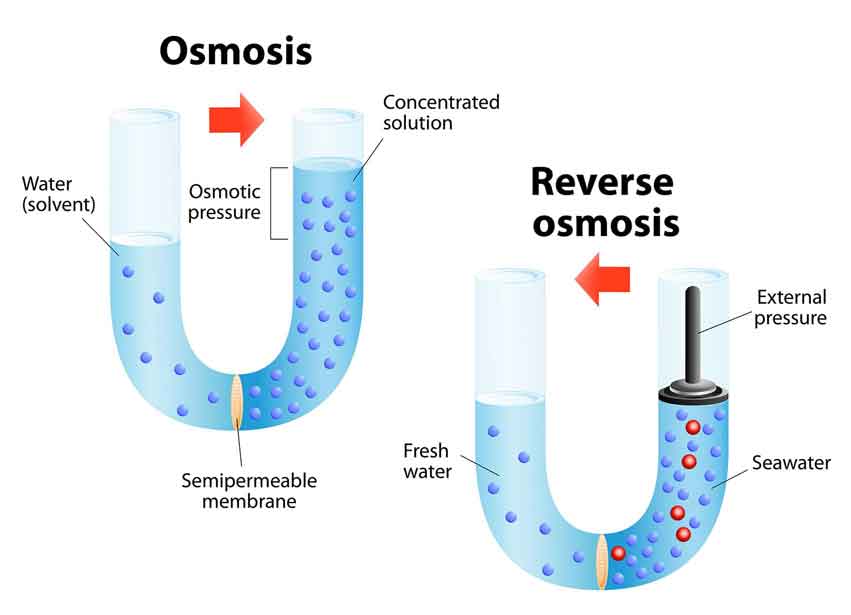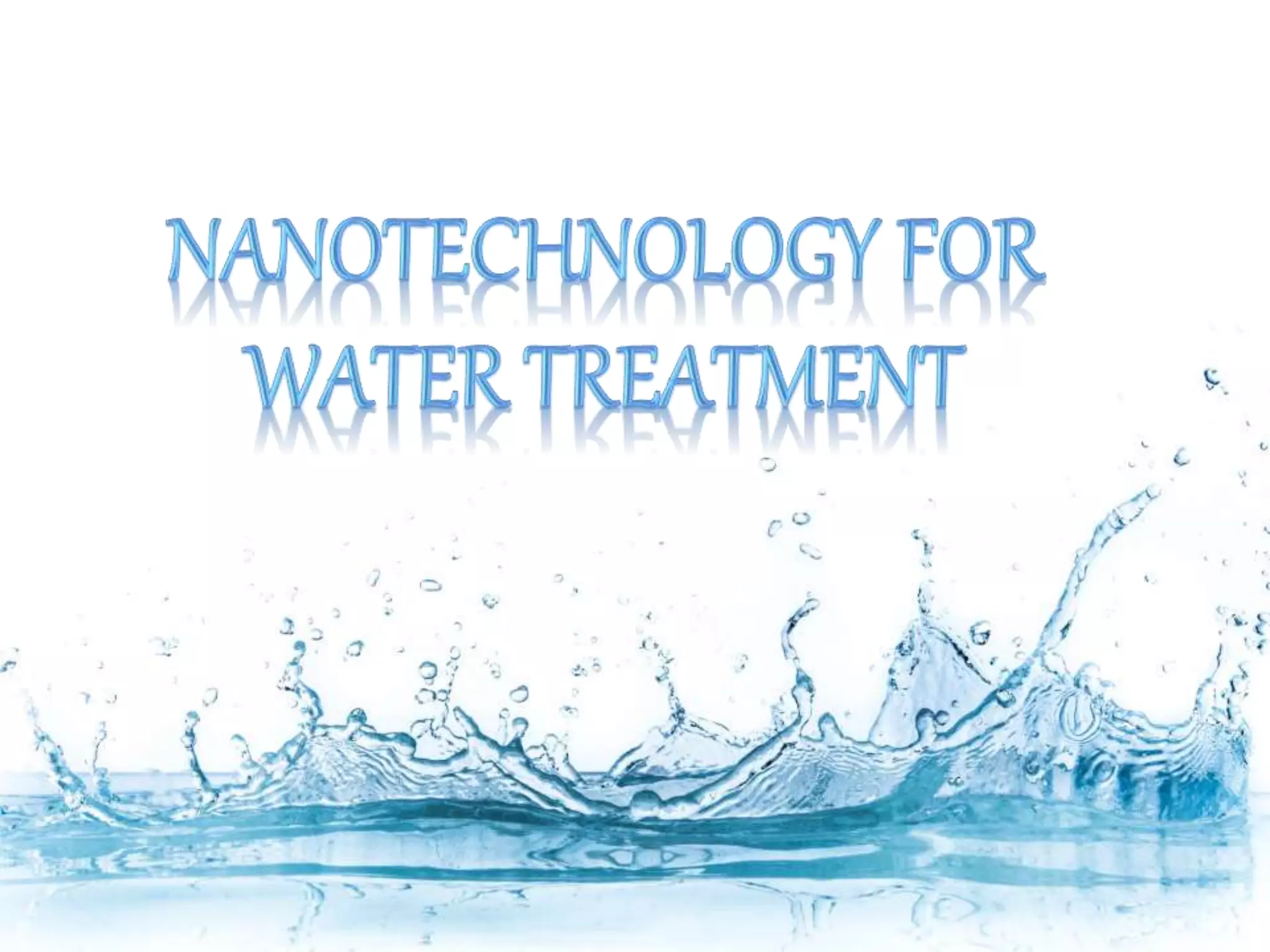Tackling Common Water Contaminants: Your Guide to Water Treatment

Clean and safe drinking water is a fundamental necessity for a healthy life. Unfortunately, many sources of water, including tap water, can be contaminated with various harmful substances. In this comprehensive guide, we will explore the types of common water contaminants and the effective methods to treat them. Whether you’re concerned about microorganisms, chemical contaminants, or heavy metals, we’ve got you covered. Let’s dive in and ensure your water is as pure as it can be!
Types of Common Water Contaminants
Water contaminants come in various forms, each posing its own set of health risks. Understanding these contaminants is the first step in ensuring safe drinking water for you and your family.
Microorganisms
Bacteria, viruses, and parasites can thrive in water sources, causing illnesses like diarrhea and stomach cramps. Proper disinfection methods are crucial to eliminate these microscopic threats.
Chemical Contaminants
Chemical pollutants such as chlorine, pesticides, and industrial chemicals can find their way into your water supply. These contaminants can lead to long-term health issues if not addressed.
Heavy Metals
Lead, arsenic, and mercury are examples of heavy metals that can leach into your water from pipes and natural deposits. Prolonged exposure can lead to severe health problems.
Water Treatment Methods
Now that we know the enemies, let’s explore the weapons we have to combat them.
Filtration
Filtration systems are effective at removing physical impurities and some microorganisms. They work like a sieve, trapping particles and leaving you with cleaner water.
Disinfection
Disinfection methods like chlorination and UV treatment kill harmful microorganisms, making your water safe to drink. They’re like the bodyguards of your water supply.
Reverse Osmosis
Reverse osmosis systems use a semi-permeable membrane to remove a wide range of contaminants, including heavy metals and chemicals. Think of it as a water purifier’s secret agent.
Activated Carbon
Activated carbon filters are excellent at absorbing chemicals, odors, and bad tastes, leaving you with refreshing water that’s as pure as mountain spring.
Choosing the Right Water Treatment System
With several methods available, how do you choose the best one for your needs?
Assessing Contaminant Levels
First, test your water to identify the contaminants present. This crucial step will help you determine which treatment methods are necessary.
Environmental Impact
Consider the environmental impact of your chosen method. Some systems are more eco-friendly than others, ensuring you protect not just your health but the planet too.
Budget Considerations
Don’t forget your budget. Some treatment systems are more affordable in the long run, while others may require a higher initial investment.
DIY Water Treatment Tips
For those who prefer a more hands-on approach, here are some DIY water treatment tips.
Boiling Water
Boiling water can kill most microorganisms. It’s like giving them a hot bath they won’t survive.
Homemade Filters
Craft your homemade filters using readily available materials like activated charcoal and sand. It’s a fun project that ensures cleaner water.
Conclusion
Safe and clean drinking water is within reach for everyone. By understanding the types of common water contaminants and the available treatment methods, you can take proactive steps to safeguard your health and that of your loved ones. Remember, your choice of water treatment should align with your specific needs, budget, and environmental concerns. Stay hydrated, stay healthy!
FAQs
1. How often should I test my water for contaminants?
- It’s advisable to test your water annually, but if you notice any changes in taste, color, or odor, get it tested immediately.
2. Are bottled waters always safe from contaminants?
- Not necessarily. Bottled water can also contain contaminants, so it’s essential to check the source and quality.
3. Can I rely solely on boiling water for purification?
- While boiling can kill most microorganisms, it may not remove chemical contaminants. Combining methods might be necessary.
4. How do I dispose of used activated carbon filters?
- Check with your local recycling center or manufacturer for guidance on proper disposal.
5. Is it worth investing in a whole-house water treatment system?
- It depends on your specific needs and budget. For comprehensive water treatment, whole-house systems can be a wise choice, especially if you have a large household.
Remember that your health and the health of your loved ones depend on the quality of the water you consume. Take the necessary steps to ensure it’s safe and clean, and enjoy the peace of mind that comes with knowing your water is free from common contaminants.












